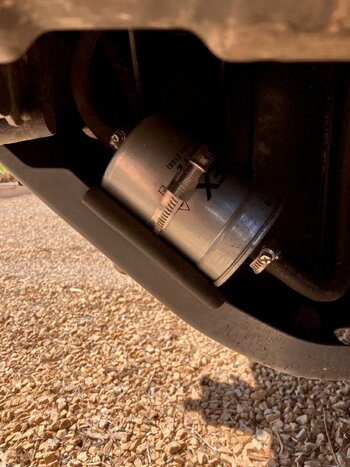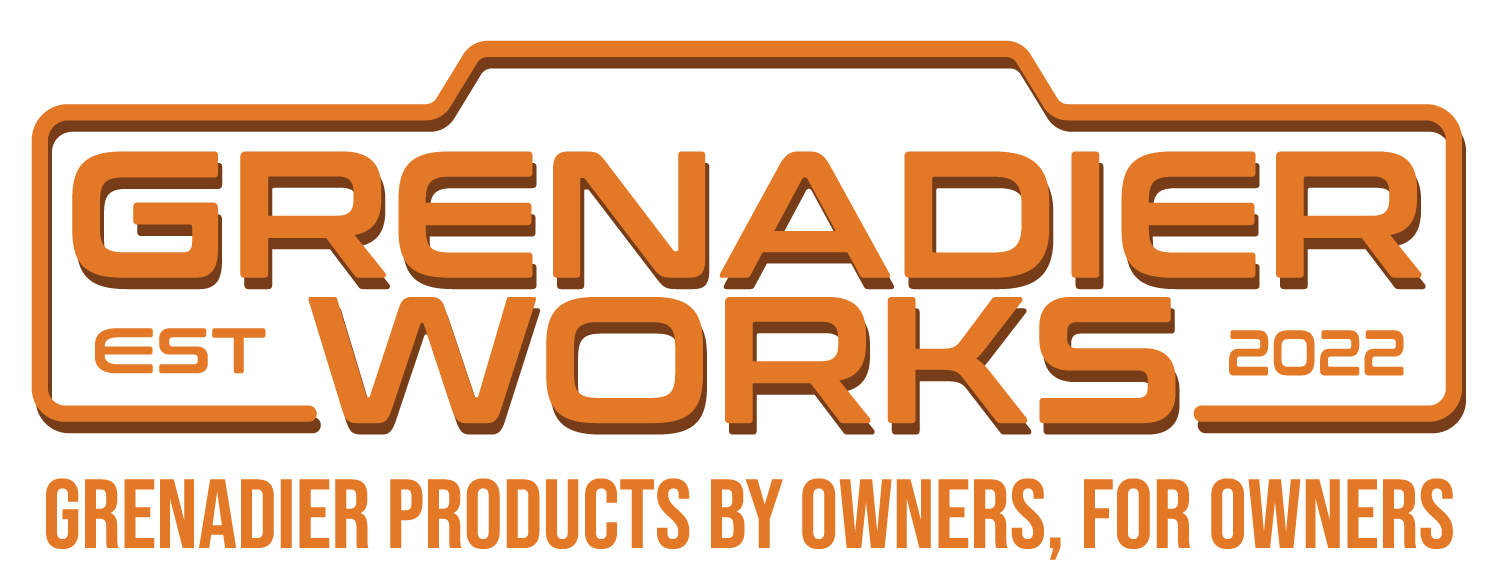Denis,If you check out my previous post you will see where my wiring enters the grommet, [near the junction of the filler hoses] above the chassis before running under the footwell trim to the front of the vehicle.While plans to install the BD tank have been temporarily derailed ... however, I've taken the opportunity to at least complete the wiring as far as I could. I tapped the RH footwell outlets (switch Int 2) and in doing so, added a "pigtail" so that I still have a spare connection cable behind the footwell trim. I routed the cable internally to the rear where it currently sits beside the wheelarch cover.
My question for those who have gone this way: there are two large grommets in the driver's side wheel arch, each accommodating a sizeable cable - one fore and one aft.
I presume they penetrate the wheel arch behind the wheel arch cover? (Due to space restrictions where I park at home, I am unable to remove the wheel and wheel well cover to see where to route the cable. )
So....Which of the two grommets should I use to connect the transfer pump and fuel level sender?
Thanks in anticipation...
The LED gauge has it's own switch so used a pigtail [ign live],for power from the fuse box below the ign key/switch.Accessible when you remove the cover to drill the hole for the gauge.Take your time and it will all work out well.





